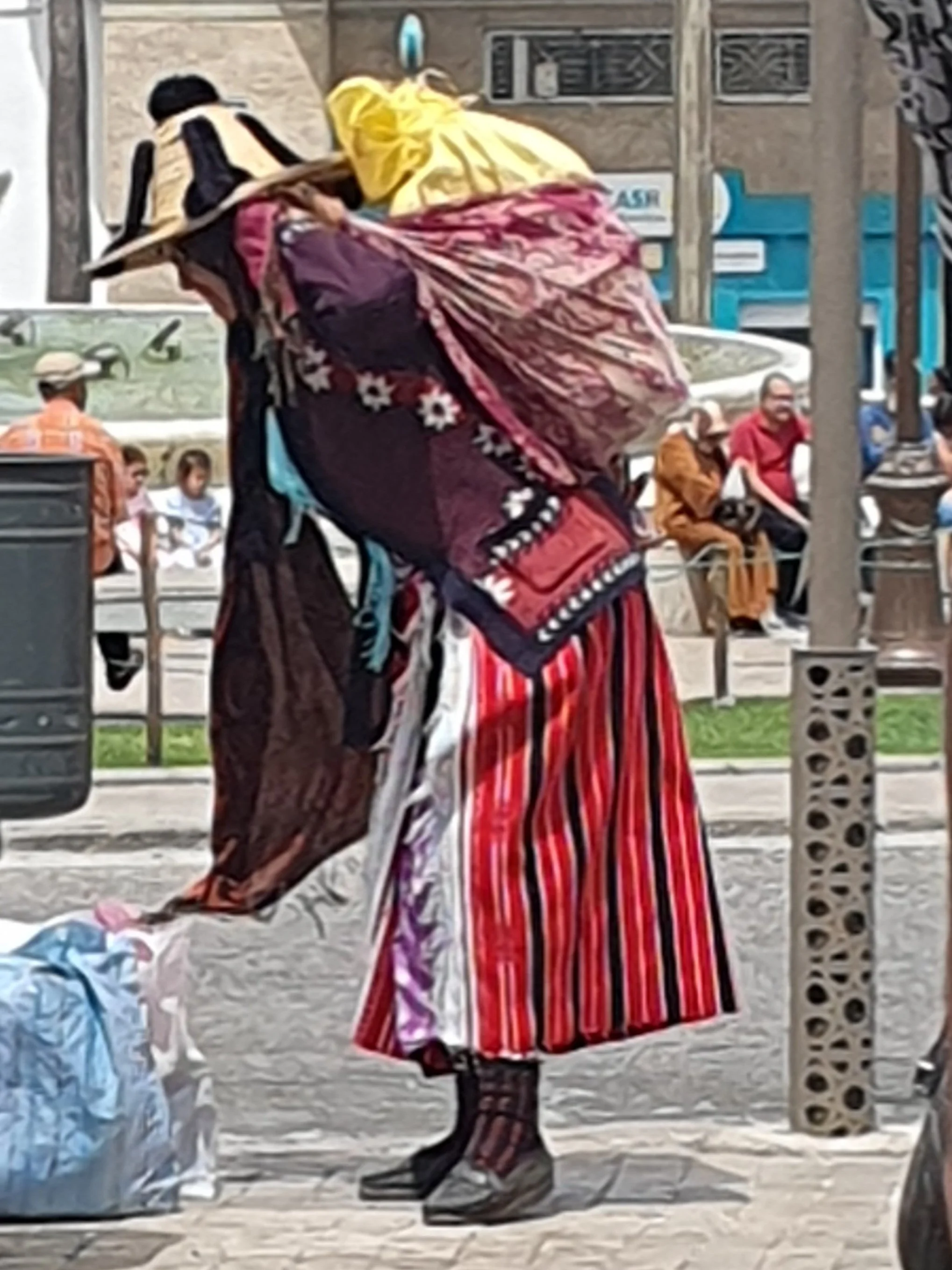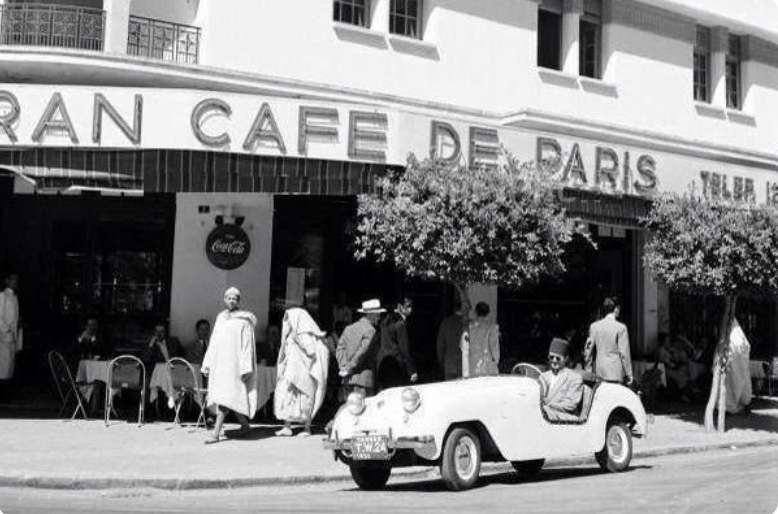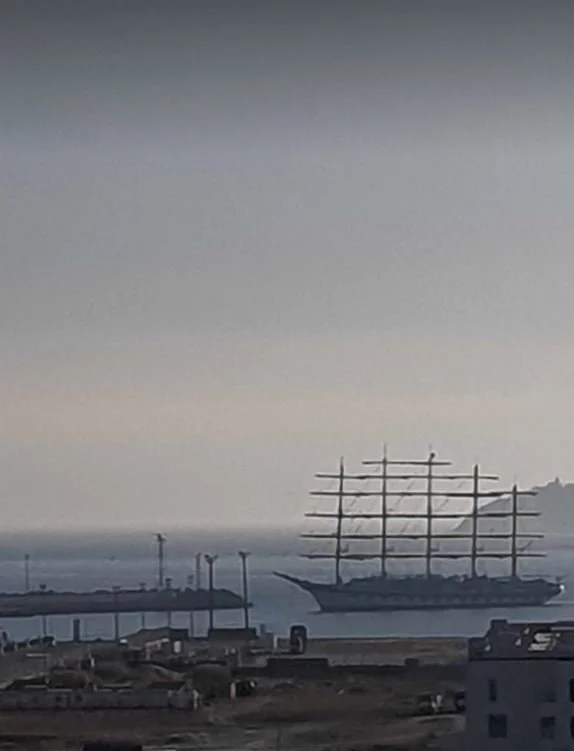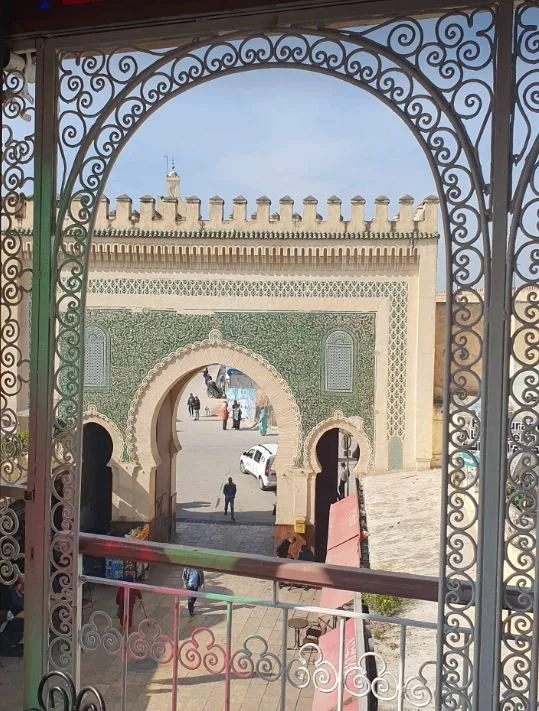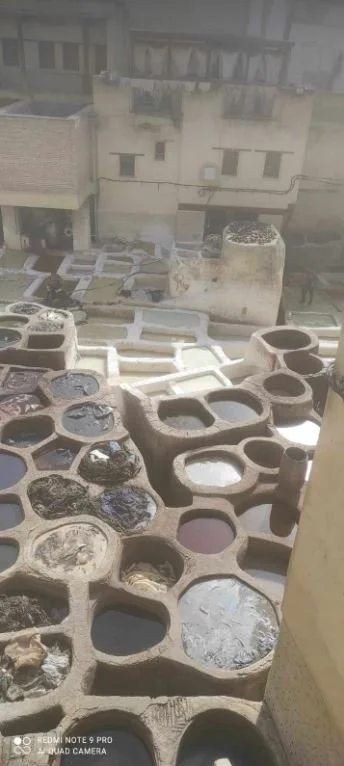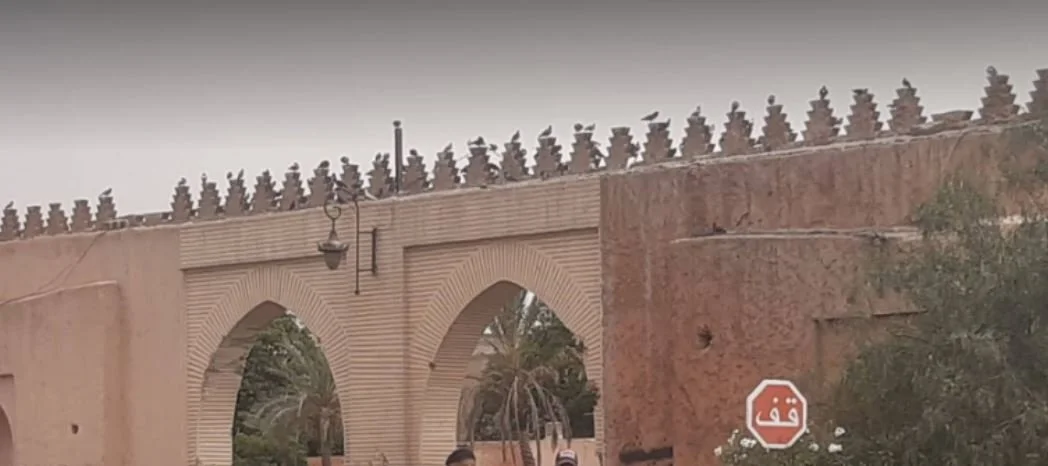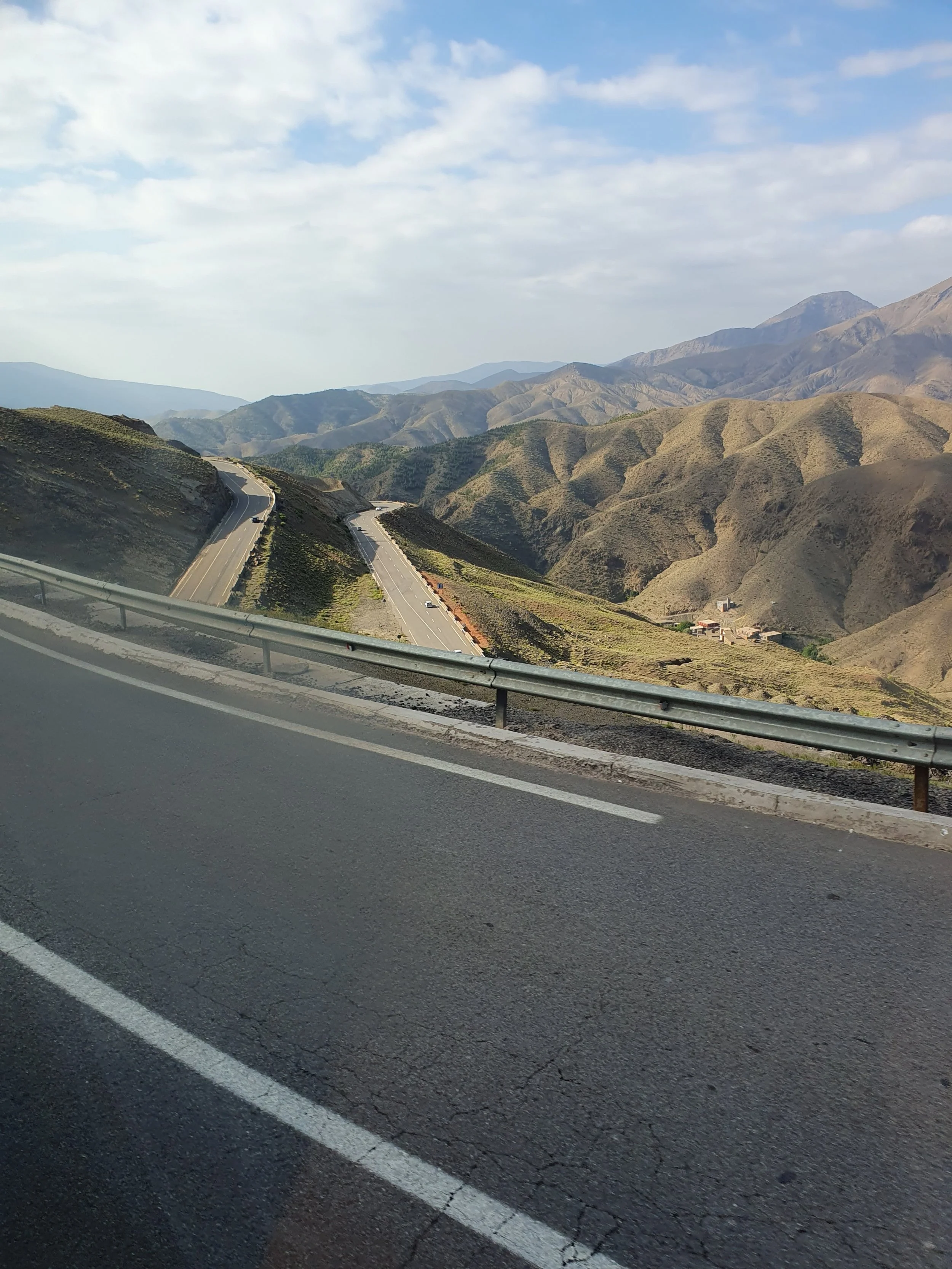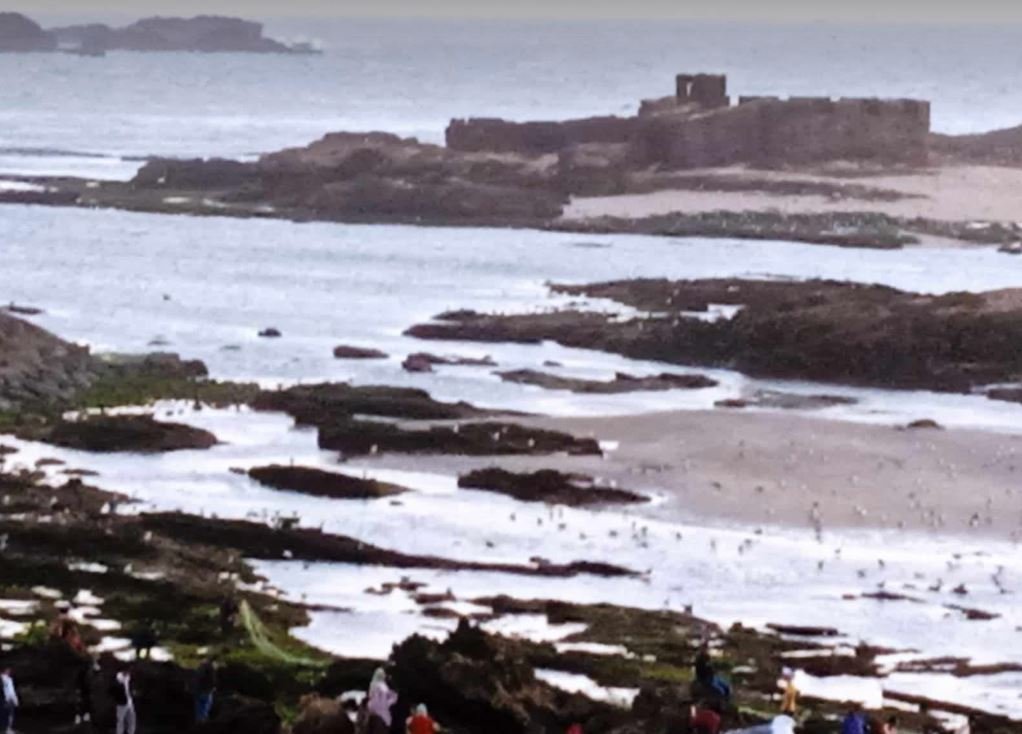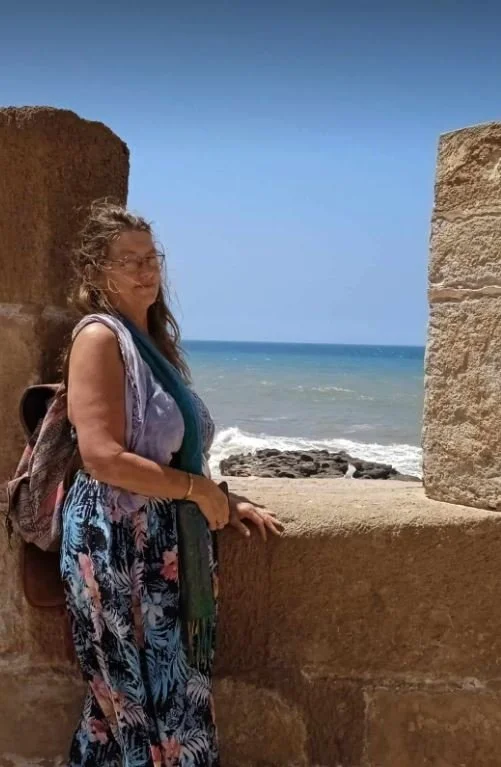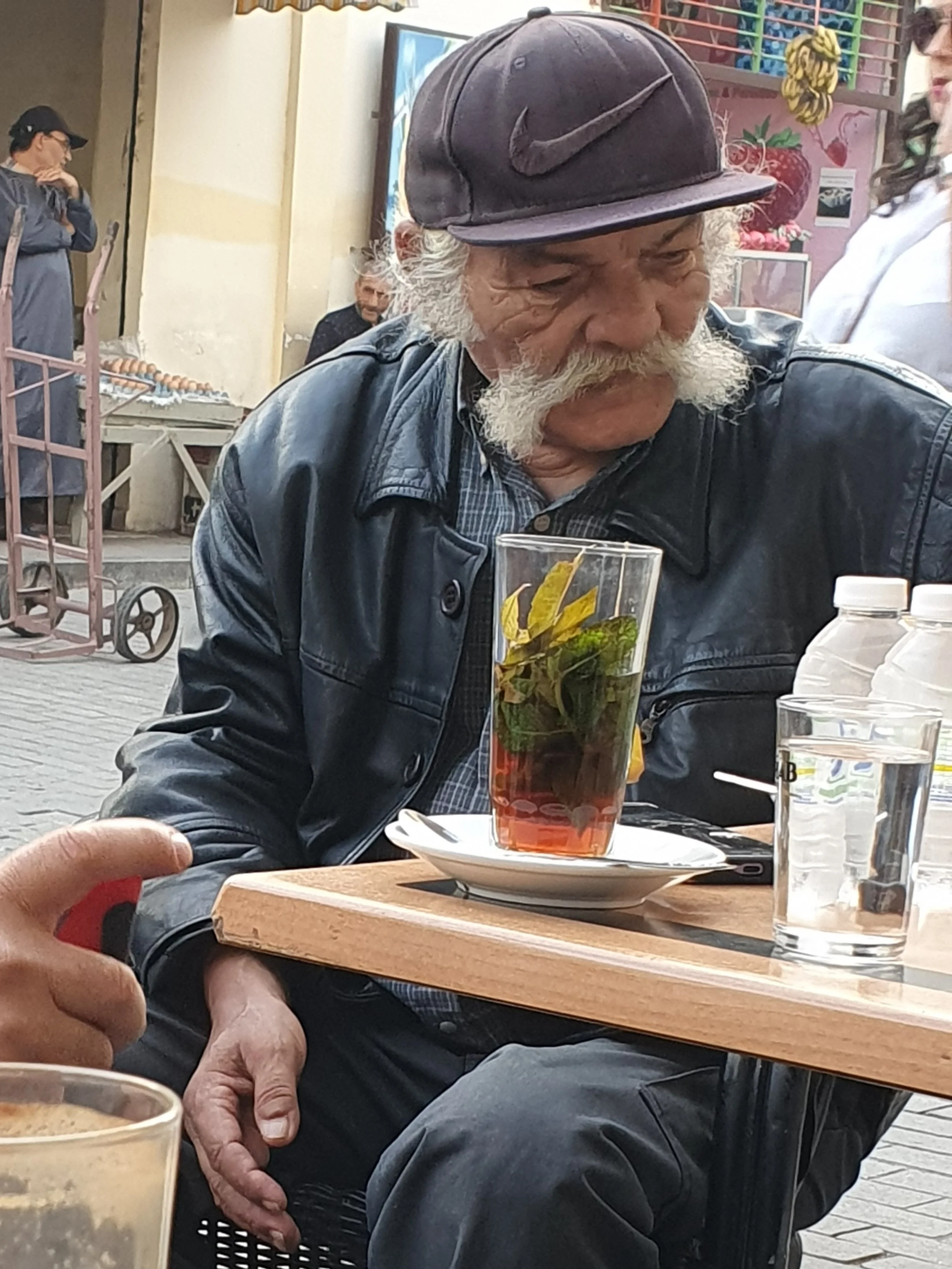Morocco - Where to stay, and Where to Visit
Come to visit the magical Morocco! Or to move here.
But where to stay?
So many exotic places to choose from. If you’re looking for a spot to stay – even if for just a little – think about your lifestyle preferences and the kind of place that would suit you. Here’s a mini guide around the country, and the coloured cities – white, blue, yellow and red. What are the best places to stay?
A woman from the mountains near Tangier in her traditional clothing, on the way home from the markets
My first thought was Casablanca. I mean – the movie! I’m from Australia, and I’d literally heard of 3 places – Casablanca because of the movie, Marrakech – also a movie with Owen Wilson called Ishtar, and I think I’d heard of Tangier, Morocco.
But Morocco is so, so much more.
CASABLANCA
So – what of Casablanca? The idea of telling people I was living there was so exotic. Unfortunately, when someone on social media asks what is the best thing to do in Casablanca, most of the answers say “Leave it”.
Jokes aside, I have come across people who love it.
So, what is Casablanca? Mostly it’s a big city. About 6 million people, crowded, and not much there besides the big mosque on the sea. It has, of course, all your usual city infrastructure, more work opportunities, and is well connected with everywhere else in Morocco. That is what people like.
There are food places and night places, and it has Morocco’s main airport which includes bargain airfares. Not just from Casablanca, but buy ahead and you can find return airfares for €20 and €30 to Europe – especially some cities in Spain, and I’ve even heard of that for Rome and London.
But when it comes to the idea of somewhere exotic, for Casablanca it’s mostly just in the name. Worst of all, the movie Casablanca was never even filmed there! It was all done on site in Los Angeles. Tangier’s own Cafe de Paris exudes more of the atmosphere of the movie than what I have seen of Casablanca.
Old photo of Cafe de Paris in Tangier
TANGIER - The White City
Here I will be unashamedly biased. I love Tangier – as do most people, whether living here or passing through, whether Moroccan or a foreigner.
A tumble of white buildings cascade down the hillsides in the medina from the top at the Kasbah. The sparkling Mediterranean is visible from many balconies and rooftops with the wonderful backdrop of Spain. There are beaches near enough to walk to for a swim in the summer. The Atlantic Ocean beaches are about the same by mini-bus-taxi. Tangier is the white city.
The white city - the Tangier medina with the bay behind it, painted by artist and friend Noel Bensted.
The weather in Tangier also gives it a very pleasant and moderate climate. In summer there is usually a pleasant sea breeze taking the edge off the sun’s heat. It is nowhere near as hot as the rest of Morocco, with temperatures consistent day to day. In winter it doesn’t really get that cold – in spite of what the locals will say. The temperature rarely drops below 11 degrees even at night. I have often sat outside at a café until closing time at 11pm, even in December.
The medina is small enough to be fun. The locals are friendly – nothing like the harassment you might get in Marrakech, or even Fes. There’s a night life, plenty of cafes, a cosmopolitan community, and it seems to be a magnet for all types of artists and other interesting people – painters, musicians, writers…
One of the gateways into the medina, inviting you to explore the maze of alleyways and streets
It has a slightly wild flavour, a frontier town. Just far enough from the rest of Morocco to have an individual streak. It is a gateway to Europe. The locals typically speak 3-5 languages comfortably, maybe as a result of its international past – it was an international zone from the 1920s to the 1950s, owned at one point by 7 different countries. With no border issues, it was visited by many famous writers, actors and artists.
There are more job opportunities in Tangier than most parts of Morocco. Besides teaching, many people are employed by Tangier Med, the port, or in the automotive industry. Morocco is a huge supplier of parts and other services for the car manufacturers. English teaching has jobs available almost everywhere in Morocco. And of course, if you work remotely it’s just a matter of choosing your city for what suits you as a place to live. And Tangier is a good place for that.
Tangier - a city where anything can happen
You can go up to the top of the medina to the Kasbah (old castle) for a coffee or Moroccan mint tea with views of the Mediterranean and Spain from one of the many rooftop cafes, including from the spectacular Café Hafa. On your way check out the Phoenecian graves dug into the clifftops by the Romans. Visit the American Legation – medina house and museum – near the Spanish Steps, the place where Morocco was the first country in the world to officially recognize the United States of America.
Sit over a wine and watch the yachts and the sun setting over the medina from Chiringuito, or walk along the beachfront and watch the changing colours of Tangier bay over coffee and ice-cream, check out the beach bars and night life, or a food event, or hop on and off the double decker tour bus which does the rounds of Tangier.
And of course, there’s Europe. In about an hour you can get to Spain, either Tarifa by ferry, or to Ceuta by mini-bus-taxi, have lunch, do some shopping, or go to the beach. It’s both a great place to live, and a great place to pause and chill on your way through.
CHEFCHAOUEN - The Blue City
This is not really a likely location to live since it is quite small, but it is a must-do day trip (or overnight) from Tangier – the blue city. Painted blue, you can check it out from Tangier, or stay and chill a bit longer – throw in a walk to the waterfall.
And when I say that it is blue – it is spectacularly blue, a truly breathtaking town. The whole medina, the walls and even the street under your feet – are painted a pretty blue, with endless photo opportunities including the cats as ever-obliging models on the steps and in the corners between the plants.
It is just over a 2-hour ride by mini-bus-taxi from Tangier. In contrast to the open sea aspect of Tangier, it is nestled between the hills. Chefchouan is a place for rooftop sunsets over the mountains and Moroccan mint tea.
And another added bonus – half way to Chefchouan is the city of Tetouan, the other big one in the north. Not as big as Tangier and quieter, it does nevertheless have some lovely quiet beaches to stay at just a 15 minute taxi ride from the city centre.
RABAT
As we move down the country, the next spot is Rabat, Morocco’s capital city since the 1950s. It is a more modern city, about 600,000 people. If you’re interested in something more sophisticated than Tangier’s wild edge, then Rabat is probably a good choice. To be fair, I have come across a lot of people who genuinely like living there. There are good job opportunities here, as you would expect in any government city, and it is very close to Casablanca.
It’s not far from Casablanca on your way from Tangier. I have often heard people say they like living there – besides Tangier, going by the comments it would seem to be the second city of choice.
FES - The Yellow City
If we follow the cities south by colour, the next one is Fes, the city where the buildings all take on the gentle yellow of the soil around there. Everywhere you go there are old walls, the kasbah, narrow alleyways with walls hiding some beautiful riads. Fes is the yellow city.
The yellow city, with its soft creamy buildings and gateways
It’s an old capital, and an historic city. It has one of the biggest ancient medinas in the world (medina literally just means city centre, though is often used to refer specifically to the old medina). It also has the largest unmotorized city centre in the world. Everything inside the walled city is by foot, donkey, or pulled on a cart. Background noises are more likely to be the clip clop of a donkey or the call to prayer. There are no vehicle noises inside the old walled city.
It has your open-air leather dying ‘factories’ that have always fascinated me, a university which claims to be the oldest in the world, possibly more traditional culture than elsewhere, and for me – a mecca for buying earrings!
One of the leather dying factories - a little on the nose, but a fascinating visit to an ancient industry
While the whole city of Tangier has a population of around 1 million, Fes has that inside the old medina – maybe, cos nobody is really sure. As with all old cities, it has now spread well beyond the city walls into the modern part of town.
It is more conservative than Tangier, including the foreign community who choose to live there – the further south you go the more conservative Morocco is.
Nearby you have Meknes and the ruins of the old Roman city of Volubilis. Fes is surrounded by the main food basin for Morocco, and the Atlas Mountains and Ifran where you can actually ski in winter. So yes – Fes gets very cold in winter, as well as the very hot summer temperatures which regularly go up into the high 40s.
MARRAKECH - The Red City
The fourth city by colour – Marrakech. Marrakech is the red city. The first thing that will hit you is the colour.
The old city wall with its distinctive hint of red
Actually, I lie. First the heat – then the colour. It is truly a red city, with its buildings having the red of the desert and rocks surrounding it. It is not a desert city as such – but very near, and very dry. And very hot. It is a frontier city even more than Tangier, being historically the first big city for the camel trains as they brought their goods across the desert.
The centre of the old city is the famous square – Jemaa el-Fnaa, full of energy and excitement. But don’t think that’s all of Marrakech. Besides the desert – if you want to do it justice, get a 5-day trip, and avoid the summer! – it has a long history as a capital in Morocco and a great deal of history to be found. While the city centre is very dramatic, that is for the tourists. I have heard mixed reports of living there – some who are happy, others not, saying it can take a long time to become accepted as a local.
The road from Marrakech to Ouarzazate - a gem that nobody even talks about
South from Marrakech you also have Ouarzazate, Morocco’s Hollywood. To get there you have one of those spectacular mountain drives as you cross into the Atlas Mountains of the south. And of course, Ait BenHaddou – the city featured in Game of Thrones, Gladiator, and many other series and movies. Marrakech is the gateway to the Sahara and the desert communities.
Ait Benhaddou - the city from Game of Thrones and Gladiator - not fiction, but very real
While Casablanca is the spot to go if you are an actor, if you are just an ordinary person like myself, there is also a high demand for native English speakers for the movie industry, for ads and drama-documentaries. I get work as an extra in Tangier. It is eratic and a lot of waiting, but I find it fun.
ESSAOUIRA and AGADIR
The other place of note for foreigners and tourists are Essaouira and Agadir.
Essaouira is a kind of hippy-beach place, and usually ranks high on the to-see in Morocco list. It is a chill town on the Atlantic Ocean a little north of Agadir, if a tendency to be very windy. I believe it has a decent foreign community, and is definitely a good place for fans of surfing and other beach activities.
This is the view from the turreted boardwalk which also features in Game of Thrones
Agadir is the southern coastal capital, a calm city on the coast, bigger than Essaouira. It has all the usuals of walled medina and kasbah (castle), and a pleasant place to live by all accounts.
South – way south – on the coast, and very deserty is your last city of note in Morocco – Dacca. It is definitely a unique place to visit, perched as it is, the last city going south to Senegal, between the ocean and the desert, on the brink of Morocco and its Berber peoples.
If you are looking for somewhere in Morocco to settle, come and check out the cities and see what is right for you. As either a tourist or a new resident, all these and more are worth a visit. Morocco is a unique and beautiful place full of friendly locals and every bit the exotic adventure.
